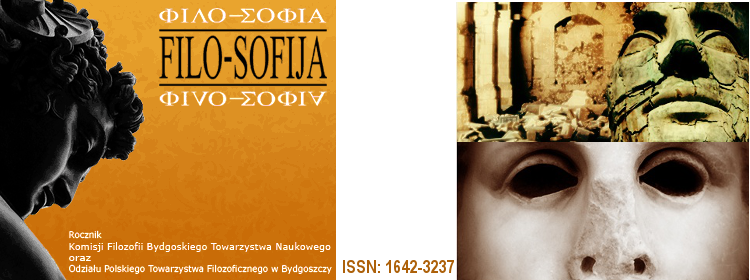Kinetyka i geometria: odczytania rzeźby współczesnej
Abstract
Jan Białostocki’s paper The Significance of Sculpture in the Twentieth Century Art comes from the anthology published as a result of the session on contemporary art in 1969. It is unusual for at least two reasons. First of all, because of its subject matter which is unique in Jan Białostocki’s extensive and profound work, devoted primarily to the analysis of painting in the past centuries. Secondly, because it surprises with the accuracy of his diagnosis of contemporary times, developed by Białostocki in the late 1960s. His arguments appear to be so groundbreaking that I have decided to read them in the context of analyzes of sculpture published in 1981 by contemporary American critic Rosalind E. Krauss. These diagnoses of both art historians have been confirmed by the recent exhibition in the Museum of Modern Art: The Other Tran-Atlantic. Kinetic and Op Art in Eastern Europe and Latin America 1950s–1970s. This comparison proves that Białostocki’s diagnosis concerning the crucial role of sculpture in developing new aesthetics based on geometry, abstraction, simplification, kinetics, symbolic value and the social function of art remains still valid.
Pełny tekst:
PDFAdministracja Cytowania | Strony czasopism
